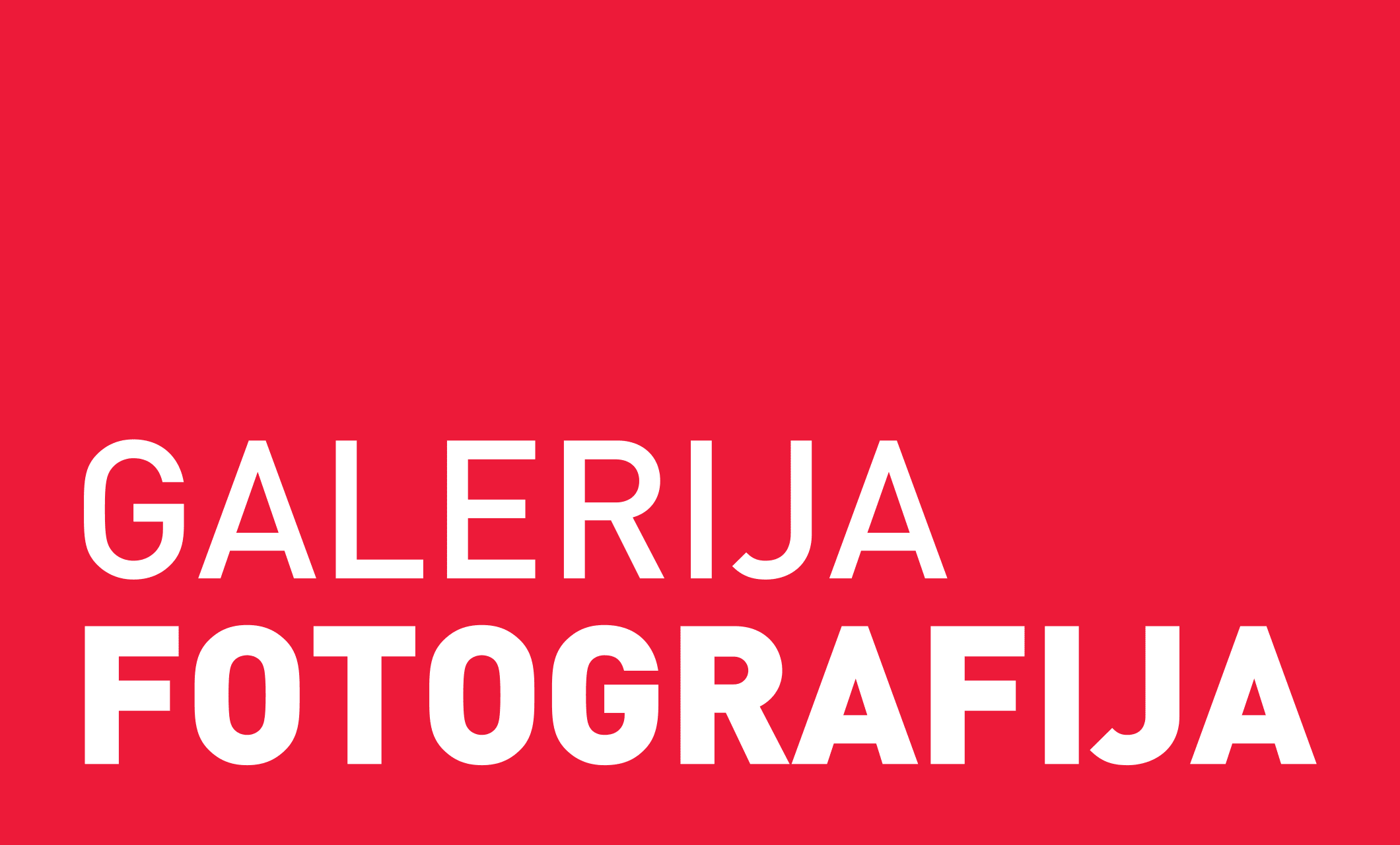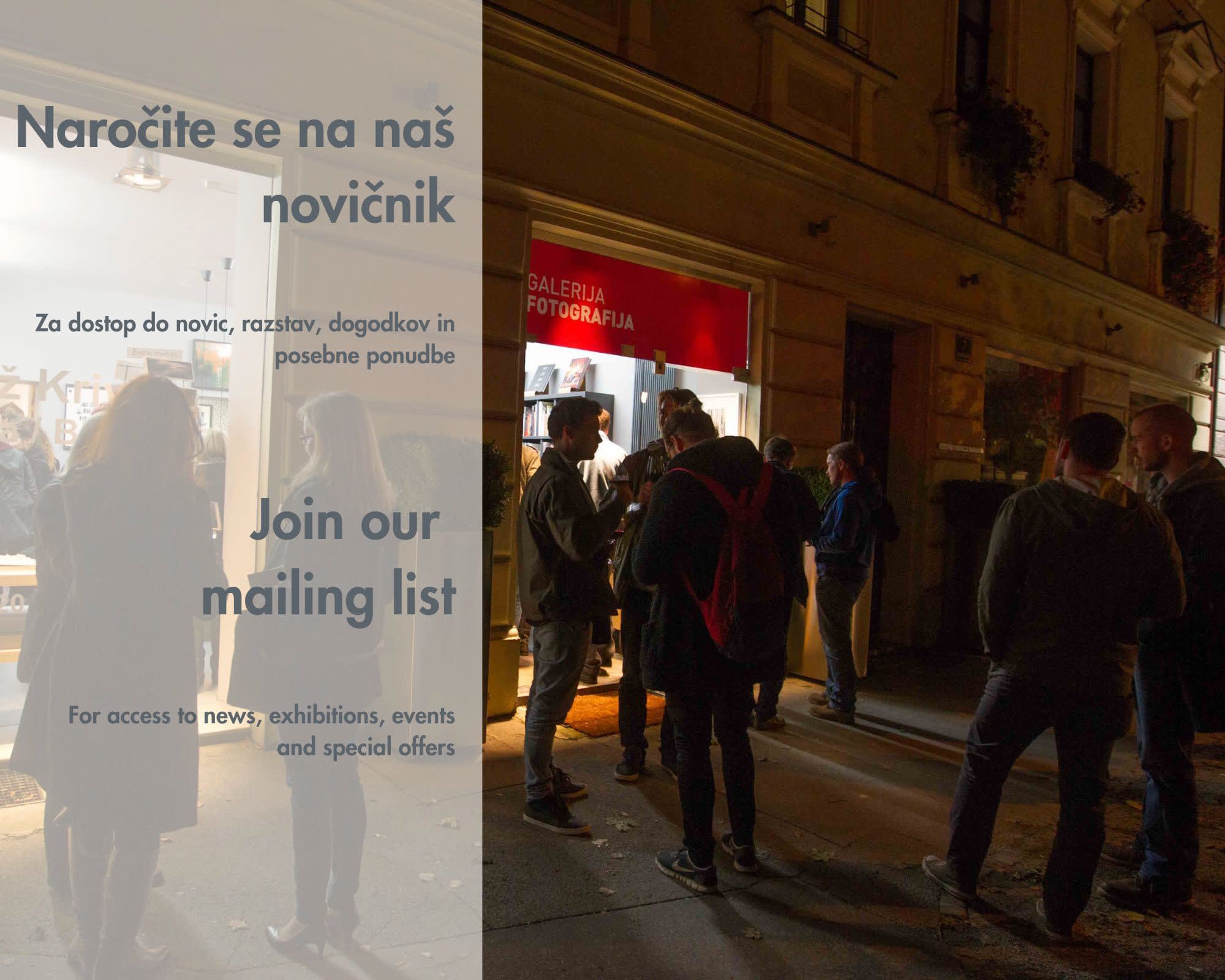This is not our War: Diego Á. Gómez, Borut Krajnc, Barbara Čeferin and Jože Suhadolnik
You are kindly invited to join us at the opening of the exhibition on Friday, 6.5., at 19.00. The exhibition is centered around stories of refugees as they were captured by some of the then-photographers of the weekly Mladina. It is part of the project "It Happened Very Close to Us: On the 30th anniversary of the beginning of war and the arrival of BiH migrants to Slovenia".
On the 17th of May at 17.00, you are invited to join a conversation with the presented photographers and journalist Marjeta Doupona, who 30 years ago also reported on the stories of refugees in Slovenia for Mladina weekly.
This Is Not Our War
I sometimes wonder what happened to them, where their path took them after they left Slovenia. Šemsa, who had to beg for admittance to exit the country in the former Roška street barracks, to bring a gift for a newborn girl to a young mother, worried she would be left on her own. The underage Senaid who dug trenches for a hunting lodge somewhere in the vicinity of Postojna. The children from Srebrenica in an army barracks in Bloke, without their parents. Did they ever see them again, the parents? When they left Srebrenica as children in 1992, they were still alive. And that teenager from Srebrenica, who was transported from Postojna to Bloke as punishment for disobedience. Young Sunčica with two children… where have they gone?
Before the war began in Bosnia and Herzegovina, Goran Milić, the legendary leader of Yutel, Yugoslav television channel which was active for two years and brought news of the federation and forebodings of a coming war, began news with the following statement: bad days are coming to a country asking itself if war is coming tomorrow. And the war did come. It was not our war, because we didn’t want it. Nor did the Bosnians, nor the refugees who made their way to Slovenia. Bahrudin Kaletović didn’t want it, that young Yugoslav recruit, asked whose war it was by Yutel during the war in Slovenia. He said how should I know, as far as I understand, they kind of want to separate and we kind of won’t let them, but really, all we want is to go back to barracks and nothing else. He later became a soldier in the Bosnian army.
And because they didn’t want the war, they ran from it. Women with children, orphans, teenagers, old people. Just a little while before they came as exiles, we lived in the same country, spent holidays on the same beaches, cheered for the same sports teams, loved Jurek more than burek at the 1984 Olympic games in Sarajevo, listened to the same music. Were these not our relatives? They spoke a similar language, understood by everyone in Slovenia at that time. The youth today doesn’t speak in Serbo-Croatian to Macedonians anymore, because they don’t know how to, but we used to 30 years ago, Slovenes and Macedonians alike, no language barrier between us.
They were our kinsfolk, coming from the war which belonged to none of us. The ones who didn’t stay with their Slovenian relatives were placed in so called refugee centres, robbed of any human dignity. Children were segregated. If they lived in refugee centres, they had school there – they weren’t allowed into Slovene schools, despite the law requiring children to do so. For their own good, the government said. Their school was in Bosnian, Slovene was taught as a second language. When they wanted to apply to high school, they couldn’t, because they didn’t speak Slovene well enough. They weren’t allowed to work for money, but they could work undeclared for people who were stretching their greedy paws towards a free work force. Some of these predators presented themselves as humanitarians and even worked for the Red Cross. Refugees weren’t allowed to cook, nor complain about the food they received. In newspapers, they criticised women for wearing lipstick. They had to obtain permission slips to exit refugee centres, even though they were free people, not criminals. Islamic organisations from the east started to arrive in these refugee centres with money and their own conditions, while no one else was willing to help. In exchange for attention and to keep a shred of dignity, Bosnian women began to cover their faces with Muslim head scarves.
We know little about Bosnians, however close to us they might be. They couldn’t proclaim Bosnian nationality in Yugoslavia, because if they did, they would be labelled as nationally undefined at population censuses. They could only be Muslim, with a capital M, even if they weren’t practicing the religion. Even the Bosnia and Herzegovina of 1992 didn’t have Bosnians, they could only declare themselves that in 1994. The Slovene population census of 2002 cites Muslims (including Bosnians): 1,6 %. Chaos.
In newspapers, parliament and some non-government organizations, complaints could be heard about a coming wave of refugees, how it would overwhelm us, and about a maximum limit of people we can accommodate as a country (which supposedly was 10.000).
The Mladina weekly didn’t share the dislike, sometimes even hate the Slovene dailies and politicians were spewing towards Bosnian refugees. Quite the opposite. Photographs taken 30 years ago by Mladina’s photographers are testimonies proving that how we see another person is always a matter of personal decision. A decision to see people who, due to war, violence, poverty or any other circumstance lose the capability to influence their fate, who are left at the mercy of people with power and authority and recognize them for what they really are – human.
Marjeta Doupona


